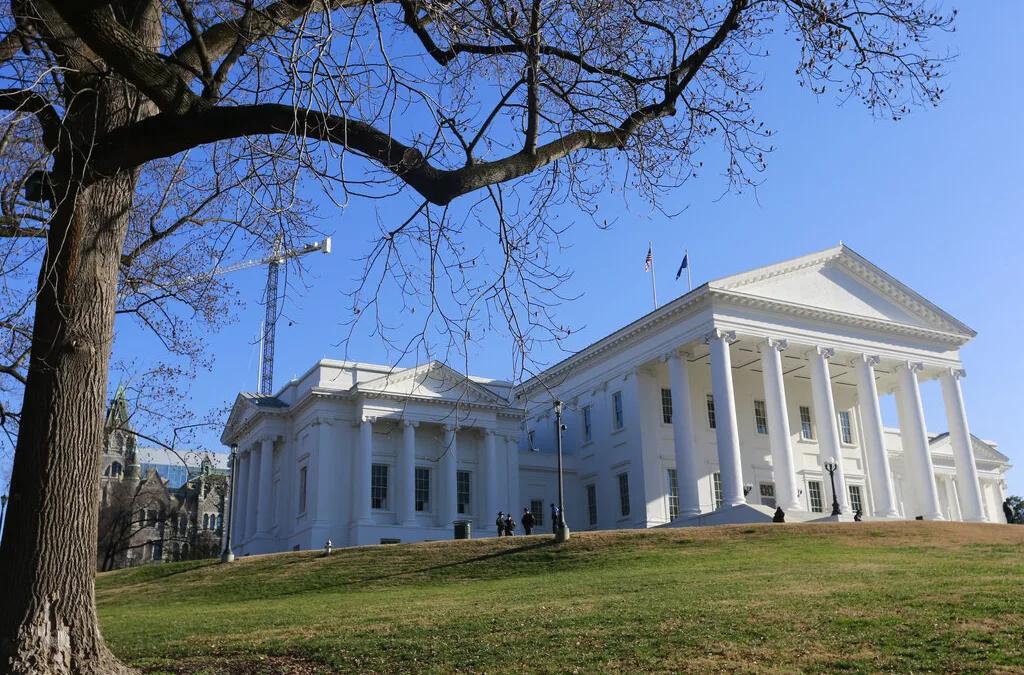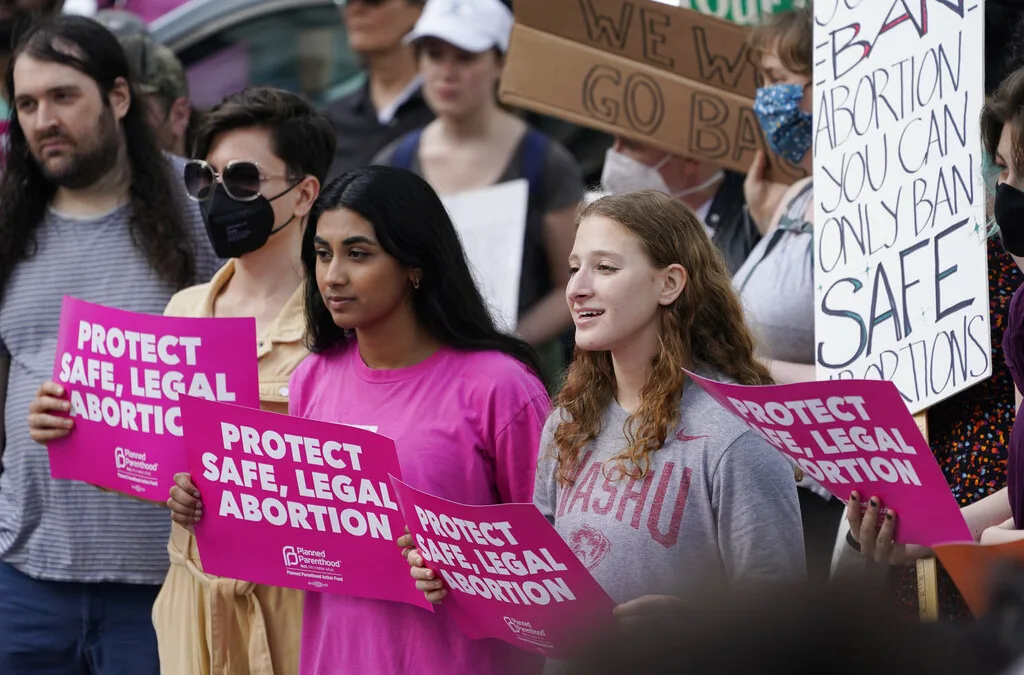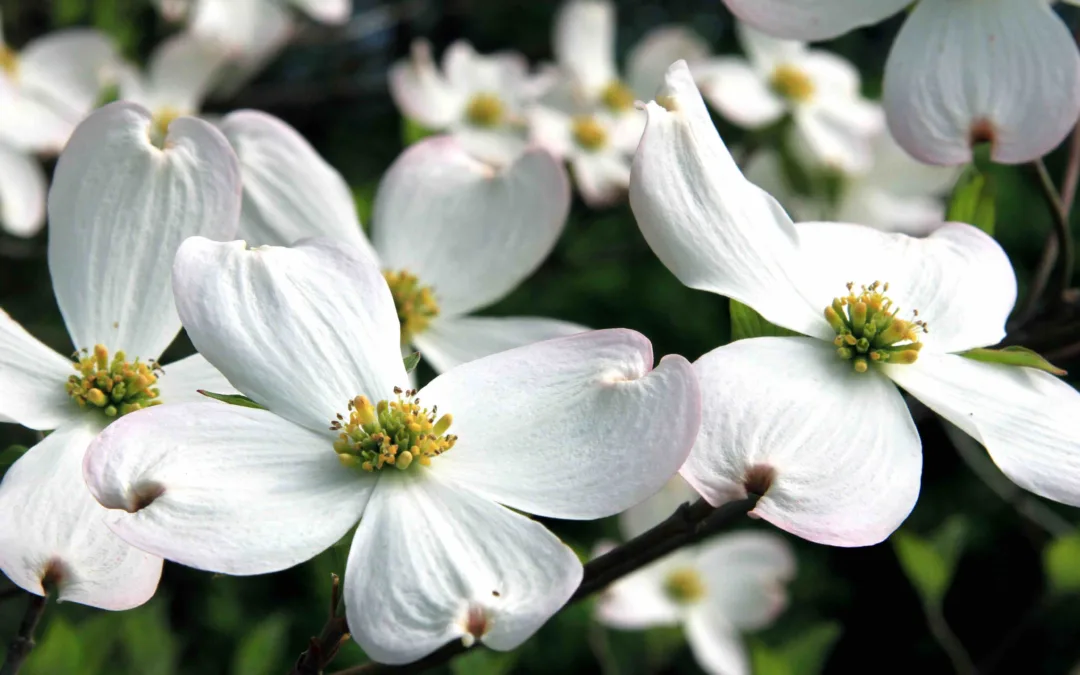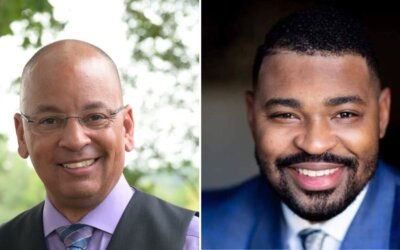STERLING, VA — A Loudoun County forum had 11 Democratic candidates for public office in attendance last week, and of that group, only one was a white man. So it goes for the Democratic party in Virginia, wherein women and minorities have risen to elected office and leadership positions at historic pace amid a growing swell of women and minority candidates seeking statewide office.

Johanna Guzman, one of four Democratic contenders for the 87th House district participating in Thursday’s Loudoun Country Primary Candidate Forum, said the diversity of the candidates is “wonderful and to be celebrated.”
Del. Ibraheem Samirah (D-86), who attended the forum, said the diversity on stage and across all levels of state governance “signals what is to come with fairer representation and also what is needed to advance our democracy forward.” Samirah, who is 27 years old, is the second Muslim ever elected to the Virginia General Assembly.
According to the 2010 census, Virginia is 69 percent white, 19 percent black, 6 percent Asian, and 6 percent of another ethnic background. The Commonwealth is 51 percent female and 49 percent male. But the population of the General Assembly has historically been dominated by older white men, clearly out of sync with the state demographics.
Demographics of the 2019 Virginia House of Delegate candidates
All 140 General Assembly Members are up for re-election in 2019. In the competition for the House of Delegates, the Democratic candidate pool looks a lot more like Virginia than the Republican field.
In an analysis of all state House candidates, including primary contestants, incumbents and candidates running unopposed, The Dogwood found Democratic candidates closely represented the demographics of Virginia, while the Republican field remained dominated by white male candidates.

Men (48) and woman (48) are equally represented on the Democratic side, whereas 79 percent of Republican House candidates are men. Twenty-three percent of Democratic candidates are black versus 4 percent of Republicans. Democrats have eight women of color on the ballot; Republicans have none.
Adding to a historically diverse Democratic caucus
Though women and minorities still lack equal representation in Virginia’s statehouse, the General Assembly already looks much different than it did a few years ago due to a wave of Democratic women and minorities who ran and organized in the wake of the 2016 elections. The current body includes a record 37 women, members who are openly gay and a transgender woman — Democratic Del. Danica Roem of Manassas.
In 2017, Democrats flipped 15 House of Delegates seats “previously held by white male Republicans,” Virginia House Democrats Communications Director Kathryn Gilley said. Women, people of color and younger candidates flipped most of those seats, she said. The surge brought Democrats within two votes of the Republican majority, 51 to 49.
The 2017 Democratic class then moved many women and minorities into leadership positions, appointing Del. Eileen Filler-Corn of Fairfax County as the House minority leader — the first woman in 400 years to hold the post — and Del. Charniele Herring (D-46) as caucus chair — the first woman of color ever to chair a caucus in Virginia.
A black woman, Sen. Mamie Locke of Henrico, also helms the Senate Democratic Caucus. And the Virginia Legislative Black Caucus, which includes members of the House and Senate, swelled to 21 members — all Democrats — including 11 women.
Forty-five percent of current House Democrats are women, and half of them are women of color. In a January floor speech commemorating the history of women in the legislature, Del. Vivian E. Watts (D-Fairfax), the longest-serving woman in the House, said: “We didn’t crack the ceiling; we shattered it.”
Forty-five percent of the current House caucus is also non-white; one-quarter are under the age of 40 and 8 percent are openly LGBT+.
“Our greater numbers have helped us achieve successes like Medicaid expansion,” Gilley said, “however, both chambers are still controlled by Republicans. So we’re still seeing a lot of the bills put forth by women and people of color held up by our Republican majority.”
Democrats need to pick up two seats in both chambers to win the majority.
In 2018, at the federal level, Democrats flipped three House seats previously held by white Republican incumbents, including two men, replacing them with three freshman woman — Reps. Abigail Spanberger, Elaine Luria, and Jennifer Wexton.
What’s driving women and minorities into statewide office
Gilley said the emergence of women and minority candidates happened organically, partially in response to the election of Republican President Donald Trump. Women and minorities “didn’t see that they were being represented in the executive branch of the federal level, and so they started running to provide representation at the state level,” Gilley said.
Outside groups like Emerge Virginia played a role, too. Emerge recruits and trains women candidates that want to run for office — its alumnae include Roem, Spanberger, and Del. Jennifer Carroll Foy (D-2).
And in May, Del. Marcia Price (D-95) launched Rising Power, a PAC to lift women of color into positions of power. “We know that with more women of color in state and local office, we’ll see better policy solutions for issues that disproportionately impact our communities like maternal health, equal pay, and criminal justice,” the PAC said in a statement at its launch party.
No woman of color has ever been elected to statewide office in Virginia. But Carroll Foy, a member of the Black Caucus, recently launched a PAC, signaling a possible statewide run.
“Virginia is in a much better place when it’s most marginalized are representing all Virginians, benefiting everyone’s life in the process,” Samirah said. “Virginians have much to celebrate of our state democracy, today, and more so going forward.”

VIDEO: Your support matters!
Your support matters! Donate today. @vadogwoodnews Your support matters! Visit our link in bio to donate today. #virginianews #virginia #community...

Op-Ed: Virginia’s new Democratic majorities pass key bills to improve your lives, but will Youngkin sign them?
The 2024 Virginia General Assembly regular session has wrapped up. It was a peculiar session from the outset, with Democratic majorities in the...

Op-Ed: Why Virginia Needs A Constitutional Amendment Protecting Reproductive Freedom
Virginia’s recent election season in 2023 drew in eyes from all over the country. Reproductive freedom was on the line and Virginia remained the...

From the state rock to the state flower, here’s how Virginia got its symbols
Have you ever wondered why the Dogwood is the state flower? Or how the cardinal became the state bird? We’re here to answer those questions and more...

VIDEO: Second-gentleman Douglas Emhoff gives speech on reproductive freedom
Second gentleman, Douglas Emhoff touched on reproductive freedom not only being a woman's issue but "an everyone's issue" during the Biden-Harris...

Glenn Youngkin and the terrible, horrible, no good, very bad night
Election Day 2023 has come and gone, and while there are votes to be counted, one thing is perfectly clear: Virginians unequivocally rejected Gov....




